13 Easy Ways to Add Berries to Your Cooking With Little Adjustment
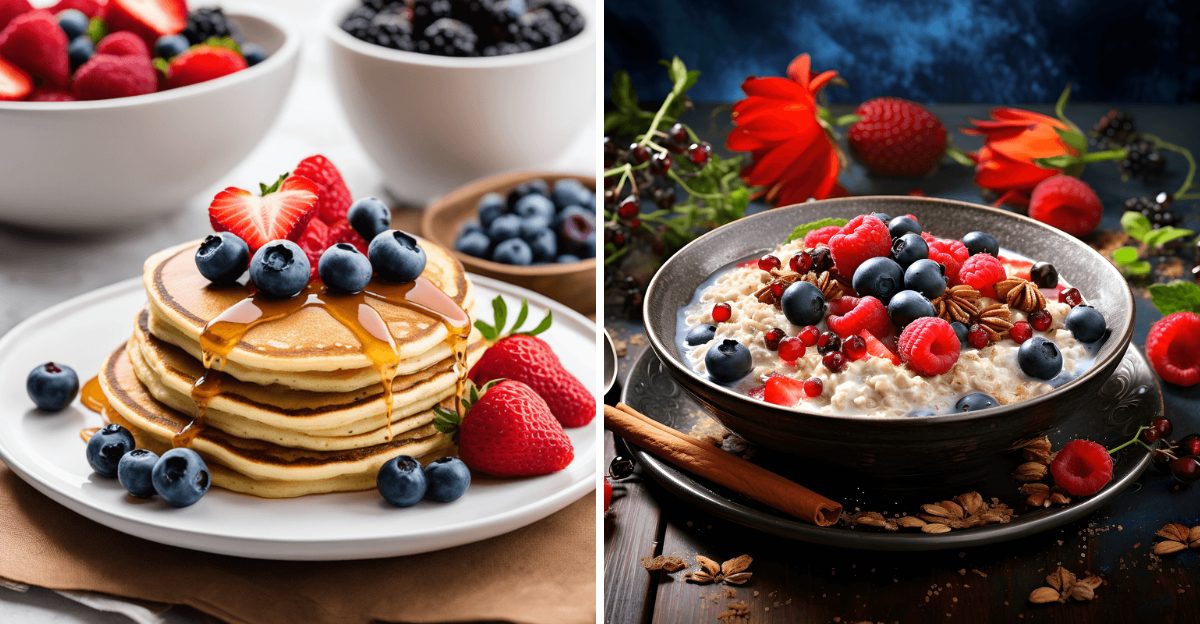
Berries bring natural sweetness and nutrition to many dishes without complicated recipes or fancy techniques. Whether you’re making breakfast, dinner, or dessert, these colorful fruits can easily fit into your regular cooking routine. From traditional pancake toppings to unusual savory combinations, berries work harder than you might think. Here are thirteen simple ways to start using berries in your kitchen today.
1. Breakfast Cereal and Oatmeal Toppers
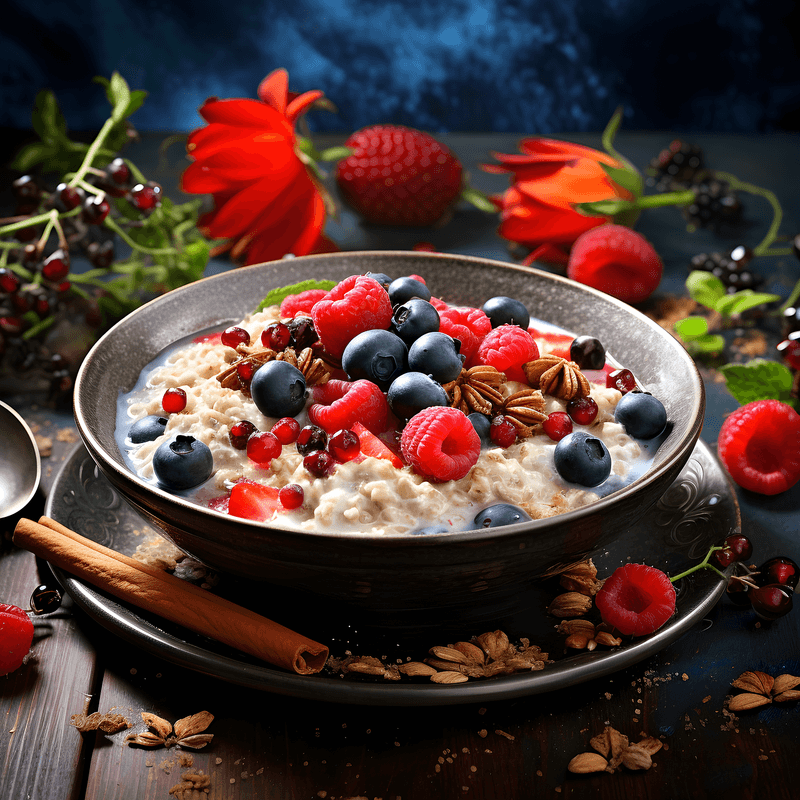
Morning meals become more nutritious when you sprinkle fresh or frozen berries on top of your regular cereal or oatmeal. The natural sugars in strawberries, blueberries, and raspberries reduce your need for added sweeteners. Frozen berries work just as well as fresh ones and cost less year-round. They thaw quickly when mixed with warm oatmeal, releasing their juices to flavor the entire bowl. Try mixing different berry types together for varied textures and flavors in every spoonful.
2. Smoothie Base Ingredients
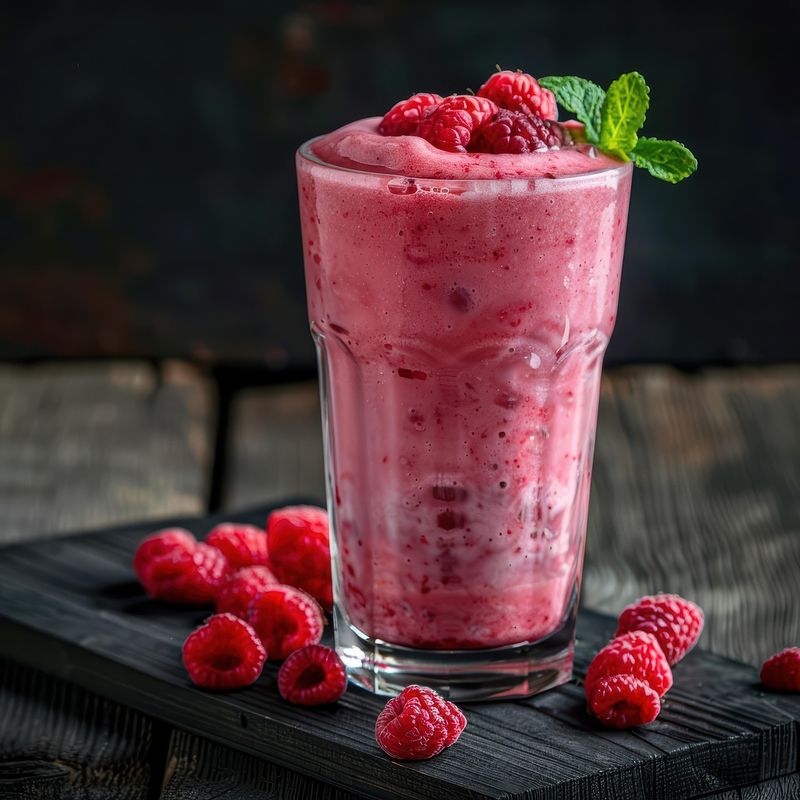
Berries blend easily into smoothies without requiring any recipe changes to your current favorites. Their thick texture helps make drinks more filling while adding vitamins and fiber to your daily nutrition. Frozen berries work better than fresh ones for smoothies because they make the drink colder and thicker without needing ice cubes. This prevents watering down the flavor.Blackberries and raspberries have seeds that some people prefer to strain out, but most blenders handle them well enough for smooth drinking.
3. Green Salad Mix-ins
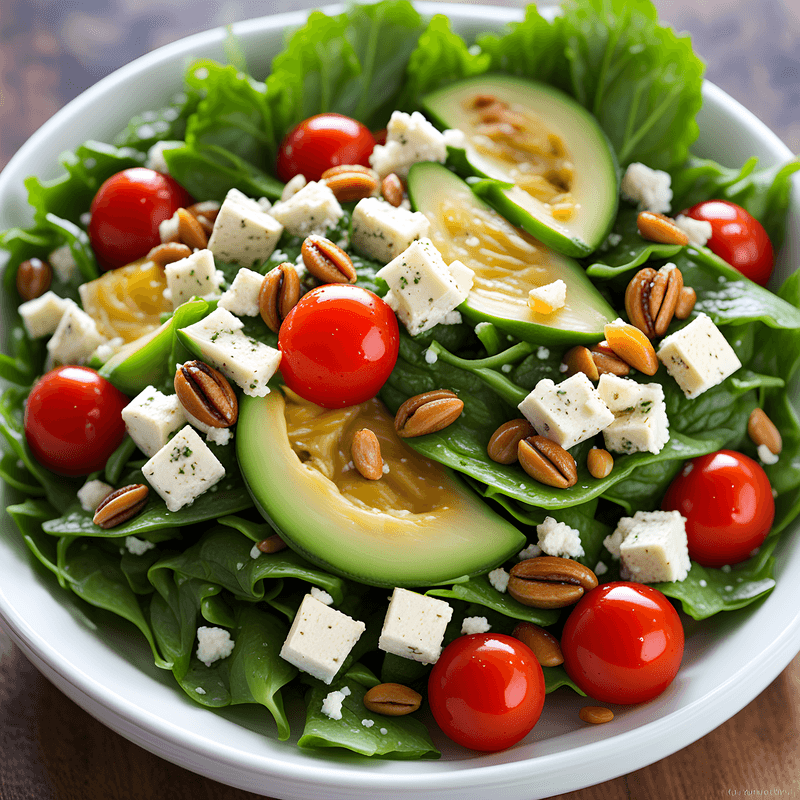
Fresh berries add sweetness and color to regular green salads without changing your usual dressing or preparation method. Strawberries and blueberries work particularly well with spinach and mixed greens. The natural sugars balance out bitter greens like arugula or kale, making these healthy vegetables more appealing to family members who usually avoid them.Add berries just before serving to prevent them from releasing too much juice and making the salad soggy or wilted looking.
4. Muffin and Quick Bread Additions

Baking with berries requires only one small adjustment to your regular muffin or quick bread recipes. Toss the berries in a tablespoon of flour before folding them into the batter. This flour coating prevents the berries from sinking to the bottom during baking, keeping them distributed throughout your finished product. Both fresh and frozen berries work equally well. Blueberries are the most popular choice, but raspberries, blackberries, and chopped strawberries also bake successfully in most recipes.
5. Pancake and Waffle Batter Stir-ins
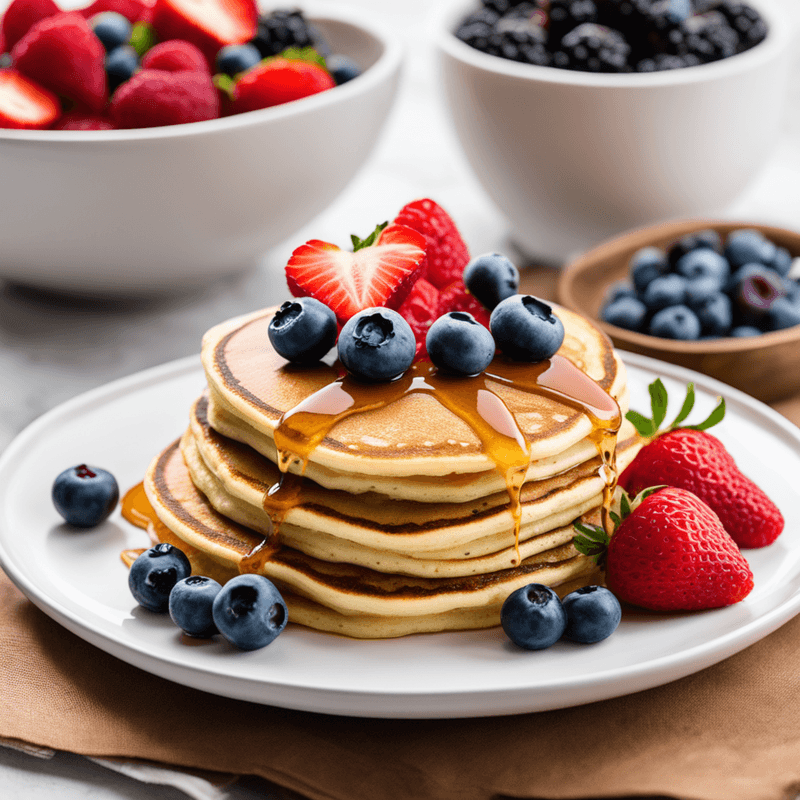
Instead of just putting berries on top of pancakes, fold them directly into your regular batter for bursts of flavor in every portion. This method distributes the fruit more evenly than surface toppings. The berries release some juice as they cook, creating natural pockets of sweetness throughout each pancake or waffle. This reduces the need for syrup or other added sweeteners. Smaller berries like blueberries work best because they don’t break apart as much during mixing and cooking as larger, softer fruits do.
6. Yogurt Parfait Layers
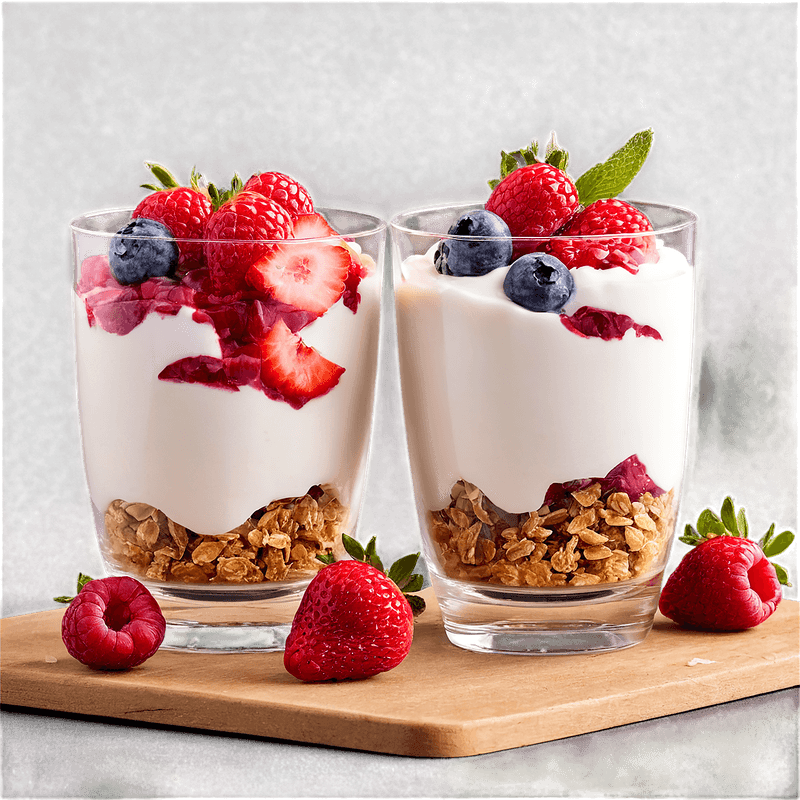
Layer berries between spoonfuls of plain or flavored yogurt to build simple parfaits that feel more substantial than regular yogurt servings. This technique works for breakfast, snacks, or light desserts. The berries provide texture contrast against smooth yogurt while their natural sweetness balances tart or plain varieties. Granola or nuts can be added for crunch. Make several parfaits at once in small jars for grab-and-go meals throughout the week. The berries stay fresh and don’t make the yogurt watery if assembled properly.
7. Ice Cube Flavor Enhancers

Freeze individual berries inside ice cube trays filled with water to make flavored ice that gradually releases fruit taste as it melts in drinks. This method works with versatile type. The berries stay suspended in the center of each cube and look attractive in clear glasses. As the ice melts, it releases subtle fruit flavors without adding sugar or artificial ingredients. These berry ice cubes work well in plain water, sparkling water, or iced tea. Make large batches when berries are in season and store them in freezer bags.
8. Savory Meat Sauce Components

Berries can replace or supplement other fruits in savory sauces for chicken, turkey, or beef dishes. Their natural acidity helps tenderize meat while adding depth of flavor that balances rich proteins. Cranberries work obviously well, but blueberries and blackberries also pair successfully with herbs like rosemary, thyme, and sage in meat sauces and glazes. Cook the berries down with onions and herbs until they break apart and form a thick sauce consistency. This technique works especially well with roasted or grilled meats.
9. Cheese Board Accompaniments
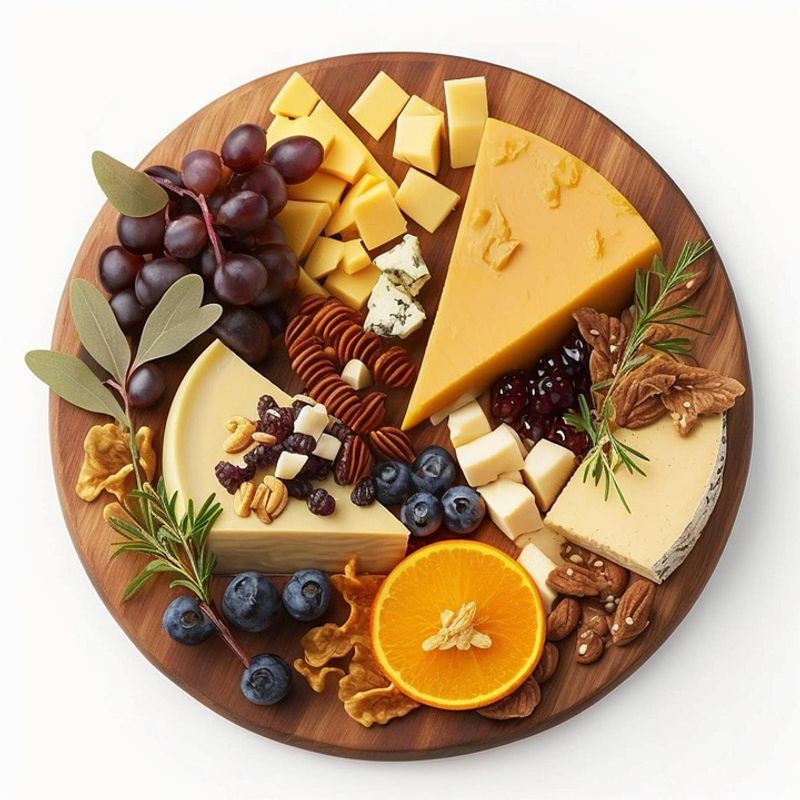
Fresh berries provide natural sweetness that complements both mild and sharp cheeses on appetizer boards or casual snacking plates. Their bright colors also make cheese presentations more visually appealing. The combination of creamy cheese and juicy berries creates interesting texture contrasts that keep people reaching for more. Strawberries pair well with soft cheeses while firmer berries work with aged varieties. Arrange berries in small clusters around cheese portions rather than mixing them together. This prevents the berries from making crackers or bread soggy before serving.
10. Salsa and Relish Bases
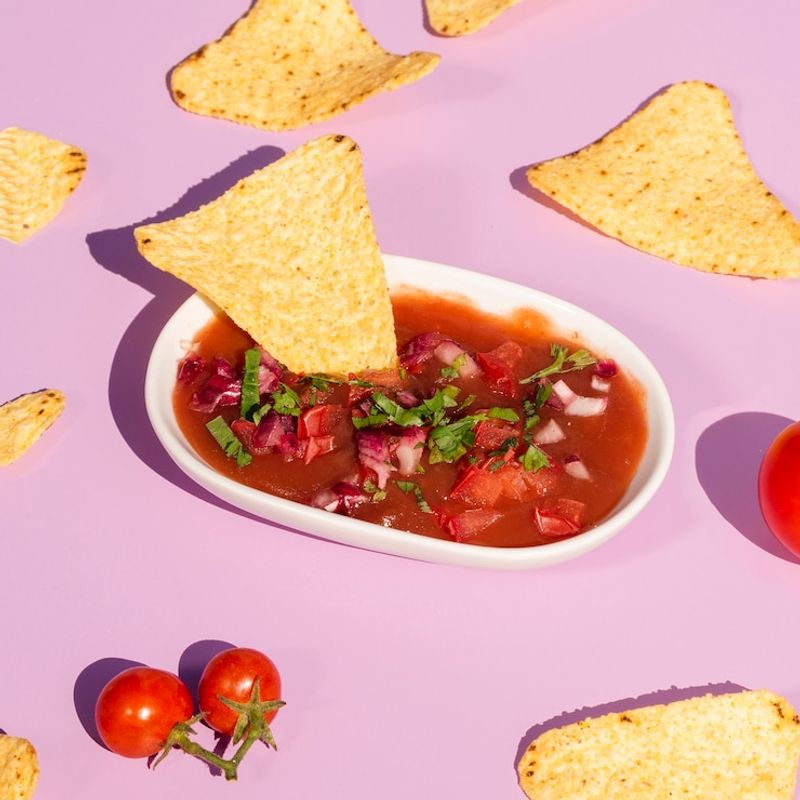
Dice strawberries or other firm berries to make fresh salsas that work with grilled fish, chicken, or as chip dips. Mix them with chopped onions, peppers, and herbs for balanced flavors. Berry salsas provide sweetness that balances spicy or salty main dishes without requiring cooking or complicated preparation. They stay fresh in the refrigerator for several days. The natural acids in berries help preserve other ingredients in the salsa while adding vitamin C and antioxidants to your meal. Lime juice enhances both flavor and preservation.
11. Tea and Coffee Infusions
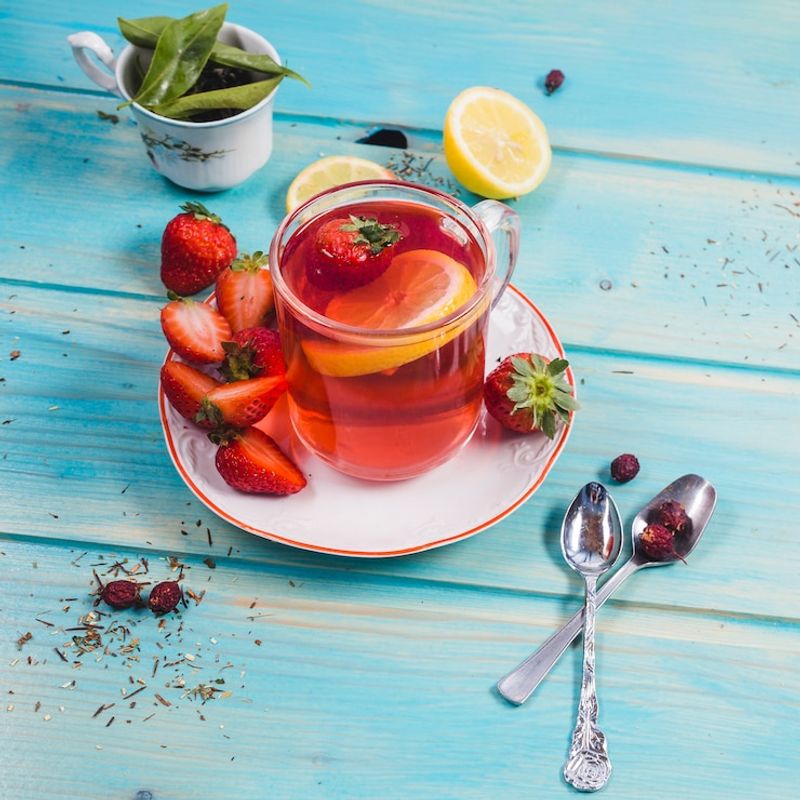
Muddle a few berries in the bottom of your cup before adding hot tea or cold brew coffee for natural fruit flavoring without artificial syrups or added sugars. The heat from hot beverages releases berry juices and adds subtle fruit that complement both caffeinated and herbal teas. This works especially well with black tea and green tea varieties. For cold beverages, let muddled berries sit in the drink for several minutes before stirring. The longer contact time allows more flavor extraction without requiring heat to break down the fruit.
12. Soup Garnish Elements
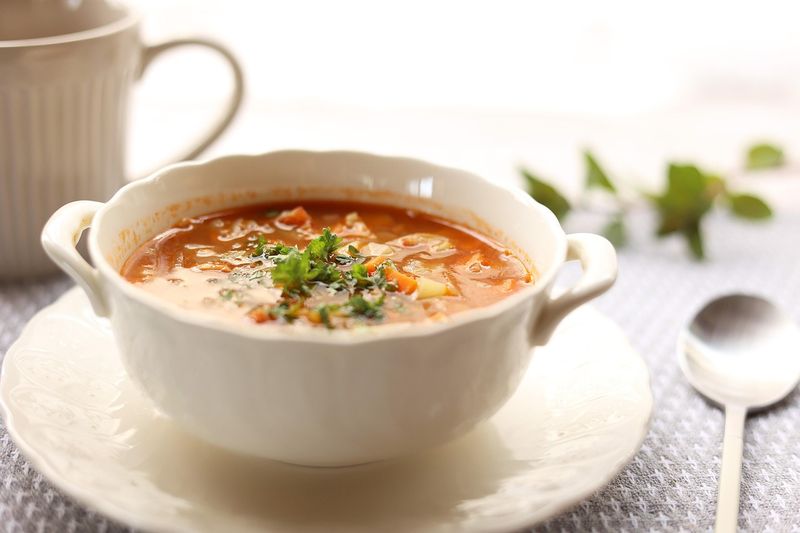
Float a few fresh berries on top of cold soups like gazpacho or fruit soups for color and flavor accents that require no cooking or preparation beyond washing. The berries provide textural interest and small bursts of sweetness that balance savory or tart soup bases. They also make simple soups look more restaurant-quality and thoughtfully prepared. For hot soups, add berries just before serving so they don’t break down from heat. They work particularly well with butternut squash, carrot, or other slightly sweet vegetable soups.
13. Rice and Grain Pilaf Additions
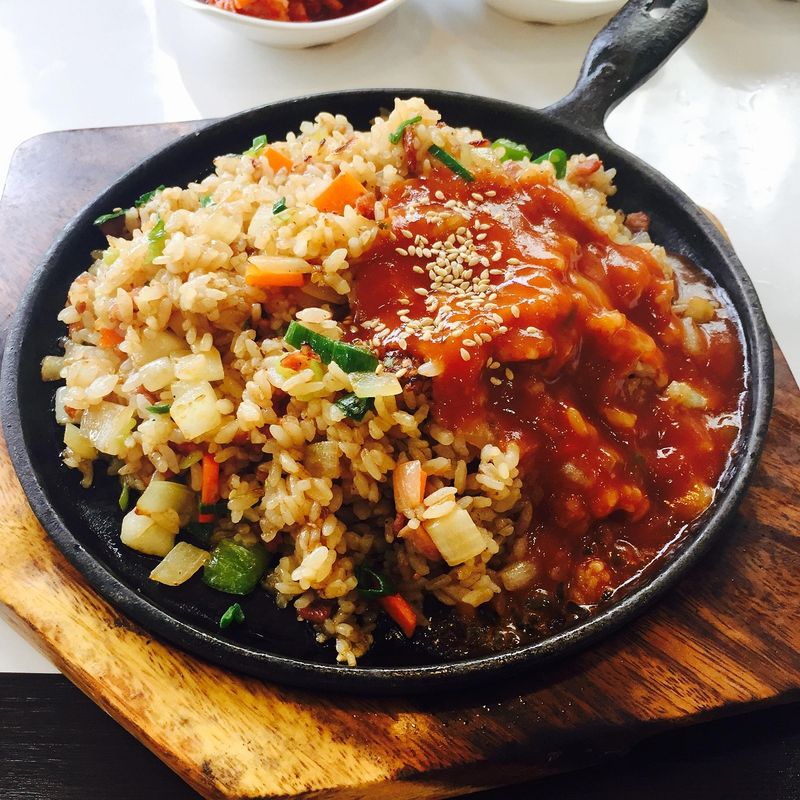
Stir dried berries like cranberries or chopped fresh berries into rice pilafs, quinoa, or other grain dishes during the last few minutes of cooking for bursts of sweetness and color. The berries absorb some of the cooking liquid and seasonings while maintaining their shape and providing textural contrast against soft grains. This technique works with both sweet and savory grain preparations. Fresh berries should be added after cooking is complete to prevent them from breaking down too much. Dried berries can withstand longer cooking times and actually improve in texture.
